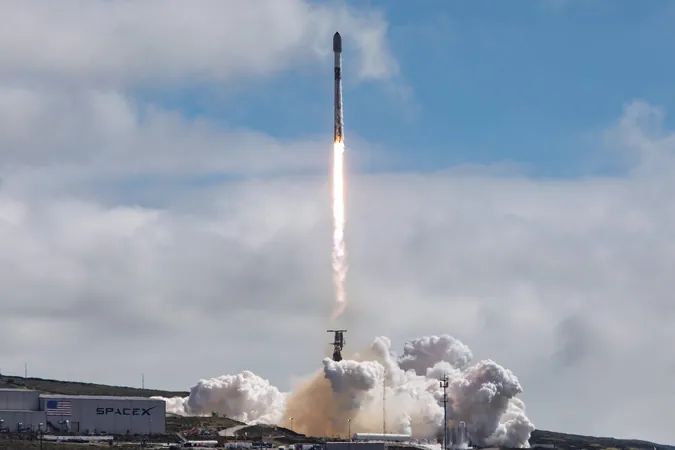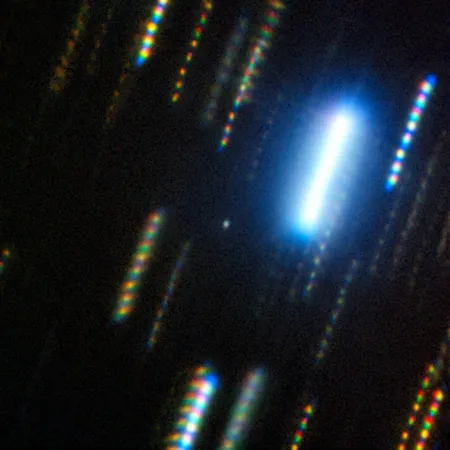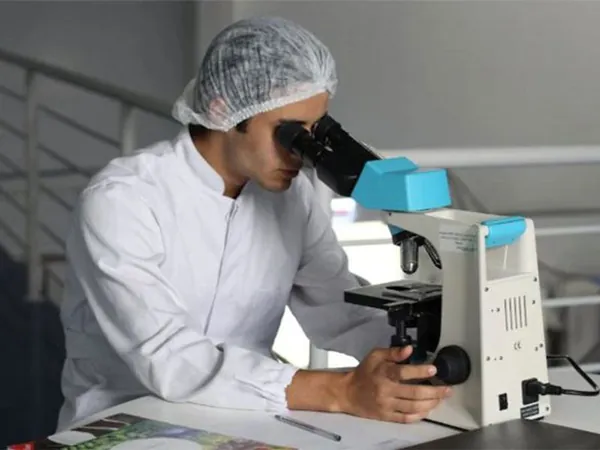
DARPA's Surprising Discovery: SpaceX Rocket Leads to Revolutionary New 'Radar' Technology!
2025-04-02
Author: Nur
In a remarkable turn of events, a team of researchers from the U.S. military’s Defense Advanced Research Projects Agency (DARPA) has stumbled upon a groundbreaking technique to track objects reentering Earth’s atmosphere, thanks to the activities of SpaceX. During their research as part of the AtmoSense program, the researchers detected unusual disruptions in the atmosphere caused by a SpaceX Falcon 9 rocket making its return.
Transformative Goals of the AtmoSense Project
DARPA's AtmoSense project aims to transform the Earth’s atmosphere into a global sensor by analyzing the acoustic and electromagnetic waves that travel through it. The goal is to identify and trace back disturbances linked to significant events, such as underground explosions or other potential national security threats. With this innovative approach, the agency hopes to bolster its capabilities in monitoring vital global activities.
Unexpected Discovery During Analysis
During a recent atmospheric analysis focusing on sound waves from controlled explosions in New Mexico, DARPA's team made an unexpected discovery. Michael Nayak, the program manager of AtmoSense, explained, “As the team was reviewing the data, they observed a significant drop in what’s termed total electron content, which genuinely puzzled them.” He likened the phenomenon to water flowing through a hose—inserting a fist into the hose dramatically reduces the volume of water flowing out.
Tracing the Electron Disturbance
Upon further investigation, researchers were able to trace the electron disturbance directly to the reentry of a SpaceX Falcon 9 rocket, which occurred on the same day as their atmospheric tests. This serendipitous finding led the team to analyze additional reentry data from a series of SpaceX missions. Nayak noted, “The phenomenon is highly repeatable,” indicating potential for wide-ranging applications.
Enhancing Detection Techniques
This accidental yet significant breakthrough has positioned DARPA to develop a new detection technique for reentering objects, enhancing their capabilities in monitoring and assessing security threats from above. The findings from AtmoSense are set to be presented in a virtual workshop scheduled from April 15 to 17, where attendees can learn more about this innovative radar-like technology.
The Role of SpaceX in Modern Space Travel
SpaceX's Falcon 9 has proven itself as an industry leader, boasting over 450 missions. This partially reusable, two-stage rocket has redefined modern space travel by delivering payloads into orbit and enabling controlled landings, which make it possible to recover and reuse its first stage—a feat that has dramatically reduced costs and increased launch frequency.
Future Implications for Aerospace and National Security
As DARPA continues to explore the implications of their newfound radar technology, the synergy between military research and commercial space endeavors like SpaceX brings forth exciting possibilities for the future of aerospace and national security.




 Brasil (PT)
Brasil (PT)
 Canada (EN)
Canada (EN)
 Chile (ES)
Chile (ES)
 Česko (CS)
Česko (CS)
 대한민국 (KO)
대한민국 (KO)
 España (ES)
España (ES)
 France (FR)
France (FR)
 Hong Kong (EN)
Hong Kong (EN)
 Italia (IT)
Italia (IT)
 日本 (JA)
日本 (JA)
 Magyarország (HU)
Magyarország (HU)
 Norge (NO)
Norge (NO)
 Polska (PL)
Polska (PL)
 Schweiz (DE)
Schweiz (DE)
 Singapore (EN)
Singapore (EN)
 Sverige (SV)
Sverige (SV)
 Suomi (FI)
Suomi (FI)
 Türkiye (TR)
Türkiye (TR)
 الإمارات العربية المتحدة (AR)
الإمارات العربية المتحدة (AR)